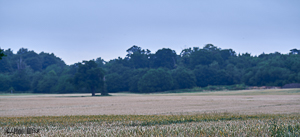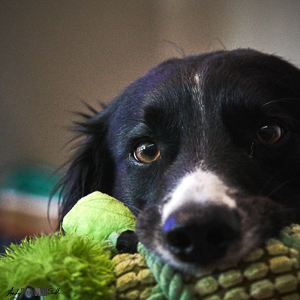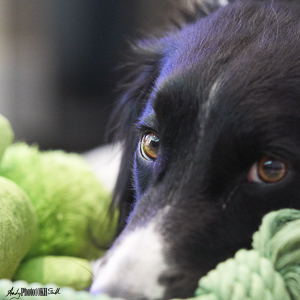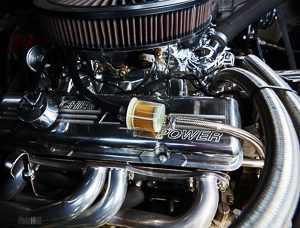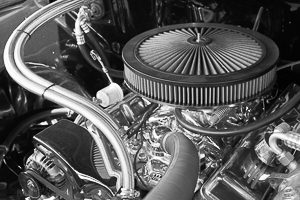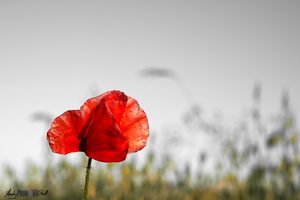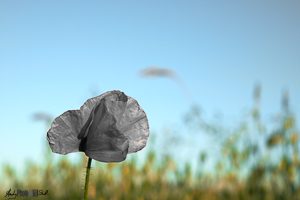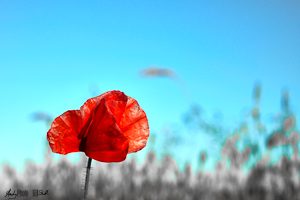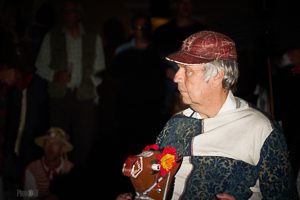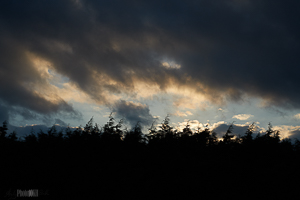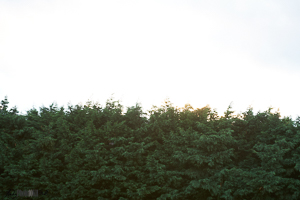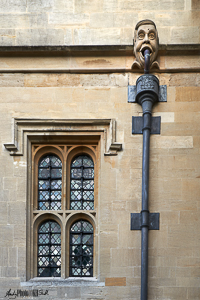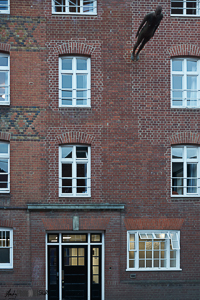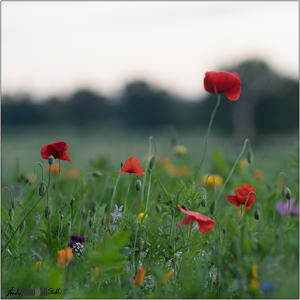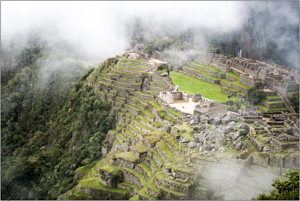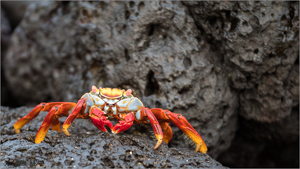June 2018 – Contribution to my 10,000 Hours Photography
753 to 887 of 10,000 hours deliberate practice photography.
30 June 2018
Hour: 887
An hour starting to process the 500 images from Boodles.
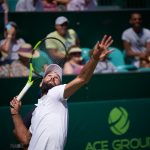 29 June 2018
29 June 2018
Hour: 886
An hour shooting tennis at Boodles.
Walking home, with camera slung casually over right shoulder, a passing car came too close and hit my 300mm lens with its wing-mirror, smashing it just behind the front element.
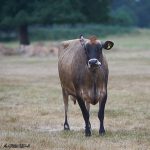
28 June 2018
Hours 879 to 885
An hour shooting in Langley Park from 5-6am; very flat and uninspiring light despite the early hour.
Two hours processing images and updating this journal.
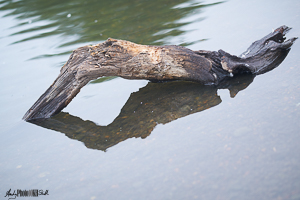 |
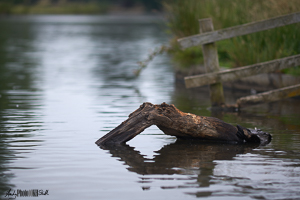 |
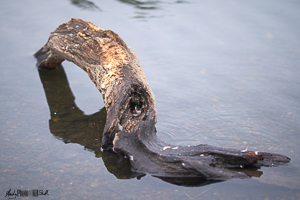 |
Semi abstracts of found slice of tree that has been polished by people sitting on it.
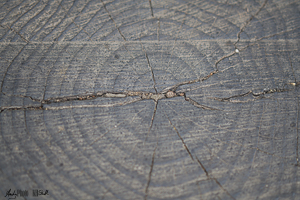 |
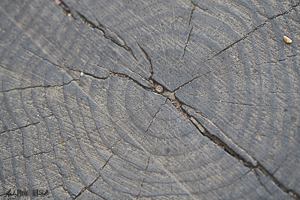 |
Ted Forbes: “How to make work that matters.” Ultimately, work is judged in the context of history, and history has show that significant artists tend to:
- have a solid grounding in the history of their medium
- are aware of what their peer are doing
- produce work that is of it’s time, i.e., contemporary.
Practice using the Pluto trigger for timed long exposures in conjunction with LEE filters (my kit updated).
Some interesting shots of Harley taken at a very high ISO see below:
27 June 2018
Hours 876 to 878
William Wegman :: The Artist Series by Ted Forbes: Inspiring and hilarious dog photography, “photographing something you love brings you closer.”
An hour researching photo opportunities in Lanzarote for next week.
An hour watching Sky Arts Master of Photography, where the candidates had to photograph an assigned transgender person. The task was to produce a series of three images that told their story.
“Every photo assignment”, according to host and head of the judging panel, Oliviero Toscani, “is landscape, is street photography, is abstract.”
26 June 2018
Hours 870 to 875
An hour’s early morning shoot at Burnham Beeches. Another hour processing images.
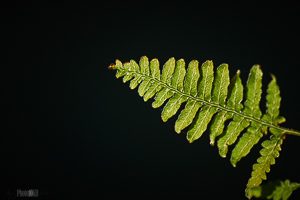 |
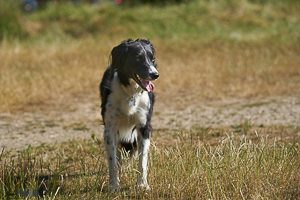 |
Two hours working on the “Petrolhead” images from Sunday including the two images below:
Pedro Meyer :: The Artist Series by Ted Forbes:
- “Call yourself ‘story teller’ rather than a ‘photographer'”
- “Trying to emulate the styles of the past is like looking to the future through the rear view mirror.”
An hour updating this journal and tidying the Flickr Site.
25 June 2018
Hours 864 to 869
An hour updating the “LRPS Advisory Day” post and promoting through social media.
Five hours processing images from last week including the 3 poppy variations below:
See post on “Colour Theory – First Learnings“.
24 June 2018
Hours 859 to 863
4 hours finishing off the “LRPS Advisory Day” post.
Half an hour shooting Classic Cars at the “Petrolheads” event at the Fulmer Farm Shop.
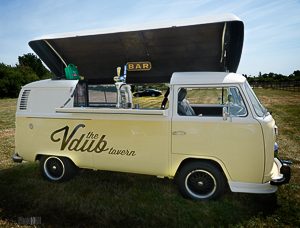
Half an hour updating this journal.
23 June 2018
Hours 854 to 858
4 hours at the RPS Advisory Day in Wakefield. See Post: “LRPS Advisory Day”
One hour in the evening in Thaxted shooting the dark side of the Morris-men.
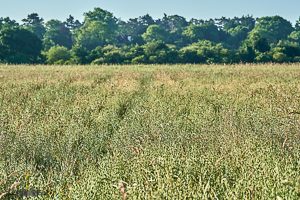
22 June 2018
Hours 851 to 853
An hour shooting and processing the next in the series “View from the Third Post” in The Big Field Stoke Poges.
An hour preparing for the Advisory Day at the weekend.
YouTube “Cheap backdrops for food photography” from the Bite Shot, promoting the use of inexpensive vinyl backdrops from Ink and Elm.
Lenscraft, “Landscape Photography Composition – 5 Essential Tips“:
- Composition is about areas of light as well as physical objects – you must consider how the eye travels around the frame
- Use visual weight to show the importance of areas in the frame
- Simplify your image to focus attention
- Watch the edges of the frame – avoid distracting elements
- Lead the eye through the frame – use leading lines and focal points.
Joe Edelman‘s tip on using reflectors: hold them above your subject – more natural and give a catchlight in the right place.
21 June 2018
Hours 847 to 850
One hour updating this journal with notes from yesterday.
Tried producing a manual HDR of the clouds I shot in Eton on the evening of the 19th. I applied the same approach as I took to the seascape in Minehead on the 6 May 2018. This time with little success see below:
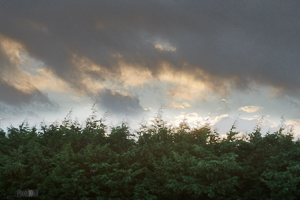
|
|
|
Started working on a post: “LRPS Advisory Day” which I will complete with comments and notes following the Advisory day itself this weekend.
An hour shooting in Hastings Meadow and The Big Field just before sunset. Nice clouds; particularly earlier in the day!
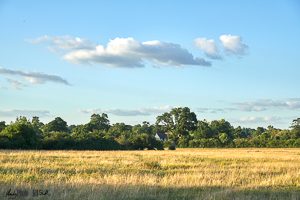
20 June 2018
Hours 839 to 846
An hour writing up notes from yesterday’s Chess photo attempt.
An hour updating this journal with thoughts from Terry Barrett’s “Criticizing Photography”.
Two hours processing images from yesterday’s Eton walk with the SPPC which are more interesting than I thought they would be at the time of taking.
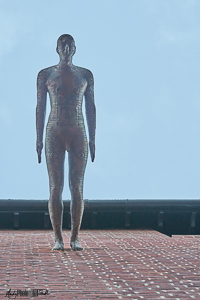 |
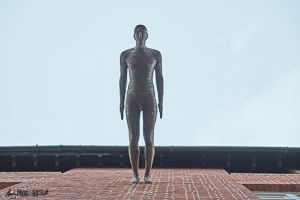 |
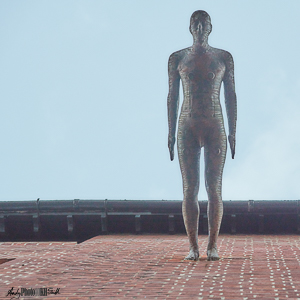 |
Landscape photography YouTube by Robin Whalley of Lenscraft claiming the four points of post processing required on any landscape image:
- Make the details in the foreground pop – help increase the sense of distance through the image – selectively increase contrast in these areas
- Reveal shadow detail – rather than merely moving the shadow slider, use a combination of shadow lightening, increased contrast and structure
- Enhancing sunsets (presumably also sunrises) – use toning to display skylights “god rays”
- Intensifying colours – merely adding saturation doesn’t always cut it. However, reducing luminosity in washed out areas gives the appearance of increased colour.
The video showed how the above are achieved using NIK filters in photoshop, particularly Color Efex Pro and Viveza filters. However, it is my assertion that the same can be achieved using layers in Capture One Pro.
Capture One Tutorial “Working with Colour” on the use of the advanced Colour Editor, which they recommend as the main tool for day to day use by photographers. New to me was the uniformity slider, which means that colours within a chosen range can be allocated a single, or moved closer to a single hue.
Sky Arts: “Master of Photography” task: “7 Deadly Sins.”
Reading “How to Write About Contemporary Art” by Gilda Williams. First key point:
- When writing a review of less than 1,000 words, determine first the main conclusion/ perspective to be drawn/ taken and ensure that this single line is taken throughout the whole article.
19 June 2018
Hours 836 to 838
Two hours making the chess photo to the right for possible inclusion in the “Made from Wood” competition for the next season. The result is a learning experience rather than a competent image.
This was shot in my study. Camera tethered to Capture One Pro on my main computer, lit using an off-camera flash diffused through a white umbrella. Three shots were taken with different focus on the Rook, Knight and Queen, using my 24-70mm Zeiss zoom at 70mm, F/9, 1/30 sec., ISO 100.

Post processing:
- The three shots were loaded as layers into Photoshop, Auto Aligned, Auto Blended, and then manually blended to correct some anomalies in the automatic analysis of focus.
- Re-cropped to achieve a more symmetrical image
- Blurry edges were cloned out
- The horrible yellowy colour of the image was corrected by initially creating a Black and White conversion using the Green Filter for maximum contrast; then adding some colour back by reducing the opacity of the B&W layer to 72%
- Image sharpening was achieved by copying the B&W layer, applying the High Pass filter (under “Other” in the Photoshop Filter menu) with settings high enough to emphasise the grain of the wood. This sharpening later was then copied to achieve a doubling-down of the effect. I can live with the slight halo this produces as it is largely lost in the shiny edges of the chess pieces, which is there the maximum contrast occurs.
Flaws in the final images include:
- Four pieces, breaks the rule of odd numbers without any clear justification (the position isn’t even Checkmate, which I intended), and the Rook
- I needed more images with different focal planes to provides sharpness front to back
- The 1/30 Sec exposure allowed too much ambient light
- Doesn’t scream “made of wood”
- Overall image lacking in engagement.
Need to try again.
One hour out of the two and a half spent with the SPPC walk around Eton counts as deliberate practice towards my 10,000 hours. Pleased about being able to shoot the Antony Gormley, which is mounted hoizontally, three stories up on the side of one of the college buildings.
18 June 2018
Hours 831 to 835
An hour shooting at Cliveden from 6-7am. The two hours processing these and previous images.
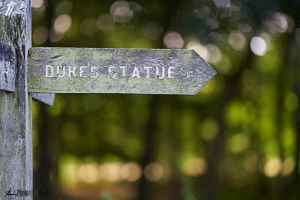 |
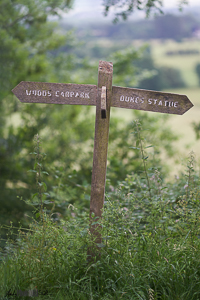 |
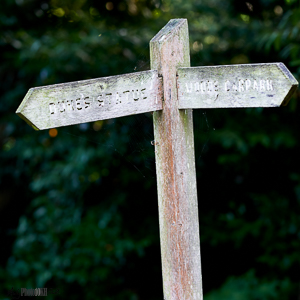 |
Ted Forbes, secret to being a great photographer: “Extreme determination – One thing that unites all great photographers is that they get out and make photographs.” A sentiment very much in line with my 10,000 hours learning the art of photography.
Capture One Pro Tutorial: “Landscape Photography with Drew J. Altdoerffer”
- Customising Capture One to provide a white background psychologically provides a white balance and tends to mean that images are lighter and better for printing
- Use the “Linear Response” Curve under “Base Characteristics” panel of the Colour Tab to recover maximum detail from highlights. Shadows can be worked on later
- Use local adjustments for mist, increase clarity to add definition
- Create an overlay in Photoshop, including the preset colour palettes to see accurate colour.
Attempted to shoot Harley looking proprietorial in the house; with limited success due to bright and distracting background.
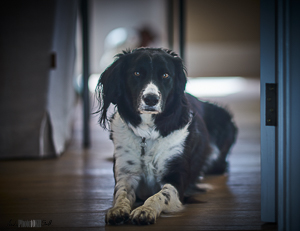
17 June 2018
Hours 825 to 830
Five hours and I’ve finally finished the “London Nights – Exhibition Review” post this morning.
Notes from the book “Criticizing Photographs”, Terry Barrett, describes a system of categorising photographs based on how they are intended to function:
- descriptive
- explanatory
- interpretive
- ethically evaluative
- aesthetically evaluative
- theoretical.
A photograph can sit in more than one category and it is the viewers job to determine in which categories a photograph sits.
The above provides a framework for interpreting photographs, which is the second stage in the critique process (see: notes made on the 10th June).
16 June 2018
Hours 819 to 824
Two hours processing images from earlier in the week and updating this journal.
[Spent at least an additional hour working out why the JFriedl Flickr plugin has stopped working – turns out that since SmugMug has acquired Flickr they have turned off various APIs for third party plugins. Have had to resort to using the standard Adobe export, which seem OK; at the moment. Essential but time that doesn’t count as deliberate practice learning the art of photography.]
An hour watching YouTubes including Sean Tuckers “How to shoot corporate headshot photography” where he gives the following tips:
- Agree style of shot in advance, the the client, to achieve consistency of images
- Ask the subject themselves to pick their favourite image to obtain buy-in
- Take a shot of each subject holding a card with their name on it
- Suggest white background to clients as this is most flexible for designers to work with
- Use a 3 light setup
- Key light, big softbox Up and right
- hair lighting 180 degrees behind the key light
- reflector to fill in at the front
- Big light on the background, blowing it all out.
- Put tape on the floor as a guide -alternative position for women
- Target Rembrandt lighting for men, i.e., 45 degrees up and 45 degrees to the right. More overhead lighting tends to be more flattering for women.
An hour watching the Sky Arts “Master of Photography”. Pet photography, showing interaction between animal and owner.
An hour shooting in Hastings Meadow and the Big Field (including processing time).
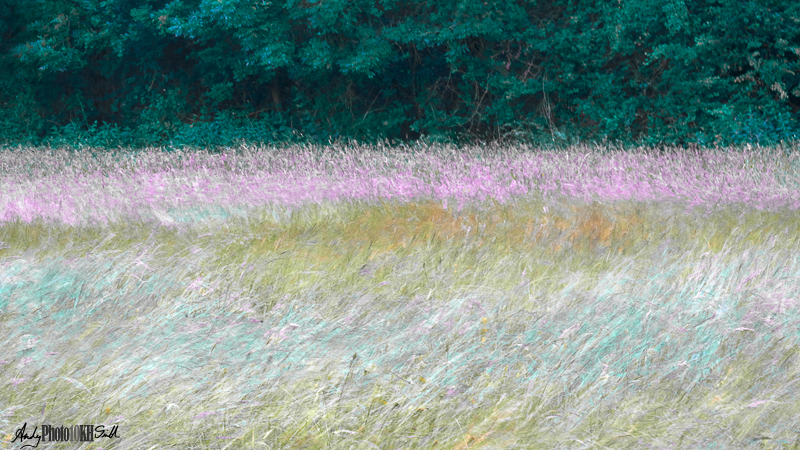
Watched another episode of “Master of Photography”. Snowscape photography in Italy. The winning image used a square desktop mirror to reflect the sun across the scene being shot.
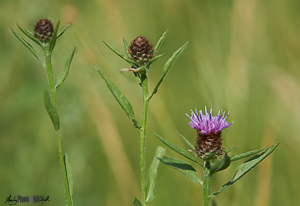
15 June 2018
Hours 816 to 818
An hour shooting and processing wild flowers from Gray’s Field. Image to the right is a composite of two similar shots at different aperture settings, f/4 and f/16. The images were loaded as layers and then auto aligned in Photoshop. The f/16 image, on top, was masked out, the selectively masked back in where greater detail was required. This provided enough depth of field where required, but a sufficiently blurry background elsewhere.
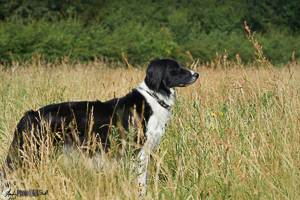
Then, very excitingly, my Pluto Trigger arrived in the post (see My Kit: Pluto Trigger). Watched a review by Spyros Heniadis: “Pluto Trigger Hands on Review“. Had a quick play to establish that the connection and at least the basic trigger works.
Then watched a couple of YouTubes by Ted Forbes on “What is the Photographer’s Intention“, “Minimalist Colour in your Photographs“, “The Alternative Take :: Steve McCurry’s Afghan Girl Revisited“.
All three videos discuss composition techniques and the colour palette adopted by the author to achieve their “intent”. In the case of the “Afghan Girl”, McCurry’s aim was to capture the intensity of her eyes. Ted suggests that much of the colour simplification and matching in the image was done in post-processing by the retouching lab that McCurry used.
Half and hour shooting wild flowers at Langley Park – such as they were.
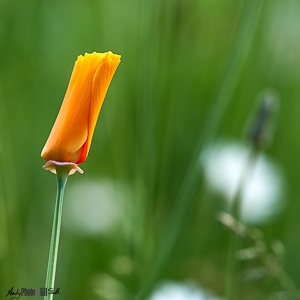 |
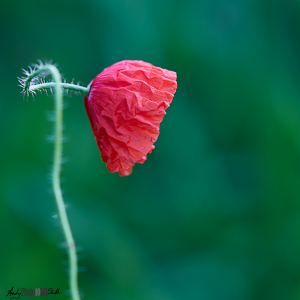 |
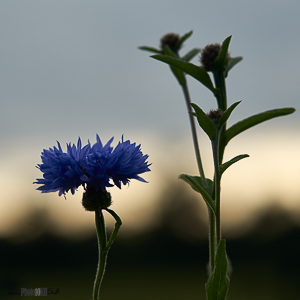 |
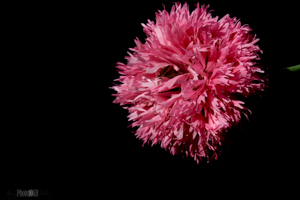 14 June 2018
14 June 2018
Hours 814 to 815
An hour working on the “London Nights – Exhibition Review” post and updating this journal.
An hour shooting flowers in the Garden including the poppy to the right.
13 June 2018
Hours 810 to 813
Two hours finishing off the “Post Processing Workflow Revision” post, checking and repairing all the internal hypertext links (well tedious) and once worthy, posting to social media. Half an hour updating this journal with thoughts from yesterday.
An hour and a half starting a post: “London Nights – Exhibition Review” as a collection of my thoughts on this exhibition and the works presented.
12 June 2018
Hours 808 to 809
Two hours watching YouTubes on “Bridging the Gap: Classical Designed for Photographers” Adam Morelli highlights some of the design elements known to classical artists. In particular the trick of positioning the dominant eye of a portrait exactly in the middle of the canvas to create the illusion that it is following the viewer around the room. The same technique is adopted my Steve McCurry with the Afghan Girl and others.
Ted Forbes: “What is Art Anyway?” in which he defines the following three criteria for art, or at least “good art”:
- Impressive technically or stylistically
- Challenge basic human needs or desires, e.g., hope, fear, or empathy; to enable the image to really connect with someone
- Sense of historical or cultural significance.
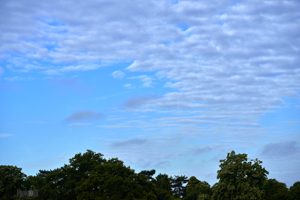
11 June 2018
Hours 804 to 807
Half an hour shooting grasses at dawn in Gray’s Field.
An hour at the “London Nights” exhibition at the Museum of London followed by half an hour reading the book on the train on the way home.
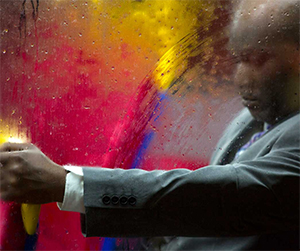
Two hours working on the “Post Processing Workflow Revision” post.
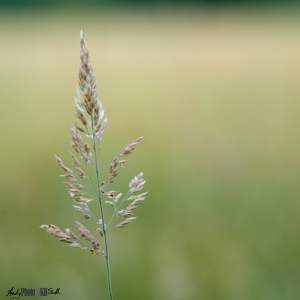 |
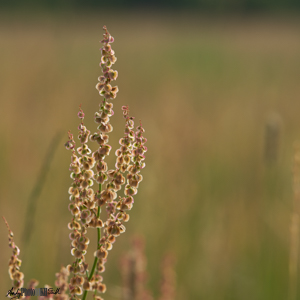 |
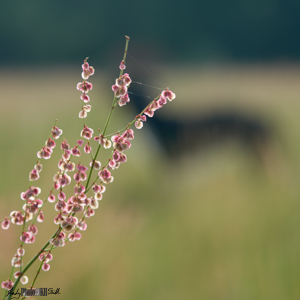 |
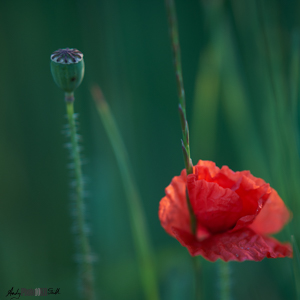
10 June 2018
Hours 796 to 803
Reading “Criticizing Photographs, An Introduction to Understanding Images” by Terry Barrett. Criticism, according to Barrett, consists of one or more of the following four activities:
- describing a work of art – what are the elements? Style? Background?
- interpreting it – what does it mean? (see: further notes made on the 17th)
- evaluating it – does it work?
- theorizing about it – Is it art?
Two hours working on the “Post Processing Workflow Revision” post.
Five hours watching YouTubes including Eileen Rafferty’s “Visual Design of a Photograph” in which many of the concepts mirrors her “Learn the Language of Photography through Critique” lecture, that I actually watched immediately before this one.
An hour shooting and processing the next in my “View from the Third Post” series of images showing the transformation of the crop and landscape in The Big Field Stoke Poges.
9 June 2018
Hours 794 to 795
Two hours working on the “Post Processing Workflow Revision” post.
8 June 2018
Hours 790 to 793
Three hours processing Bekonscot images from yesterday evening and updating this journal.
One hour working on the “Post Processing Workflow Revision” post.
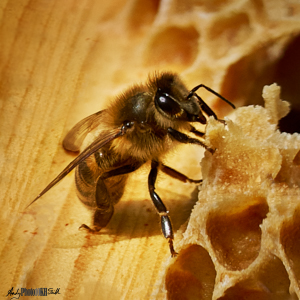
7 June 2018
Hours 786 to 789
Two and a half hours processing another 4 backup images for my LRPS panel after having been persuaded yesterday that 4 previously proposed were really not up to the mark. This included the bee image, shown right, shot over the weekend, which needed quite a bit of cleaning up in Photoshop.
An hour and a half shooting the Bekonscot Model Village with the Stoke Poges Photographic Club.
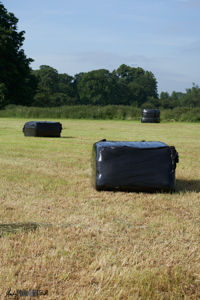
6 June 2018
Hours 780 to 785
An hour updating this journal regarding the comments from last night’s competition.
An hour’s morning shoot at Langley Park, hay being baled on the adjacent farm making for the interesting shots below.
Two hours discussing my panel for the LRPS distinction with Kevin Day of OneDay Photography and a CACC judge – lots of very useful feedback.
An hour working with Frank Curtis FRPS on the same panel – further valuable input.
An hour creating new versions of potential LRPS portfolio images.
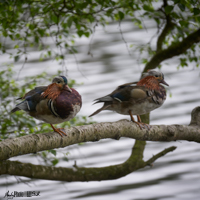
5 June 2018
Hours 772 to 779
5:30am shooting at Black Park, light generally flat and uninspiring despite the early hour.
Mandarin chicks looking very cute below. Shot with camera in Auto ISO in an attempt to achieve a better balance with shutter speed. (Technique recommended by Steve Simon in his YouTube watched last Friday). Still shot at 100 ISO; so I suspect I will have to work on my range settings for this.
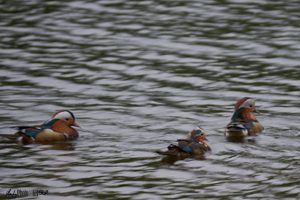
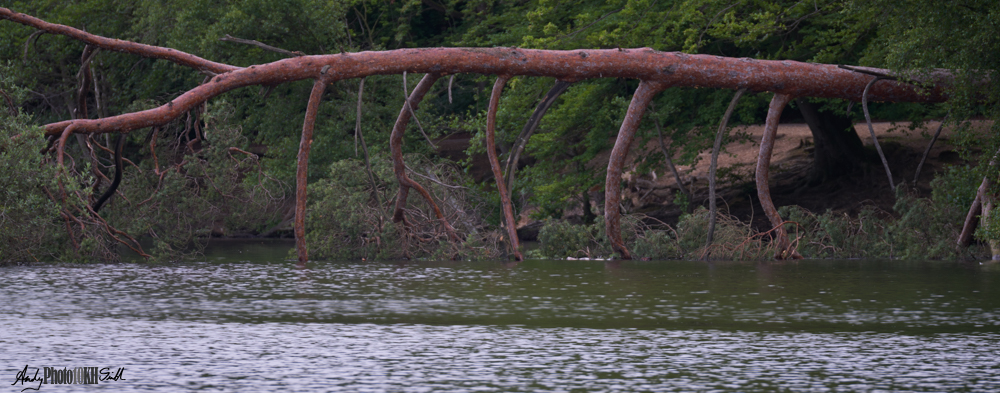
Two and a half hours processing the above images, updating this journal and social media associated with the images shot over the last few days.
Started writing the “Post Processing Workflow Revision” post. (Two hours).
Two Hours at the SPPC 2018 Open PDI Final Competition. My entries below:
Congratulations to David Wood and Ken Grant who won the Intermediate and Advanced categories respectively.
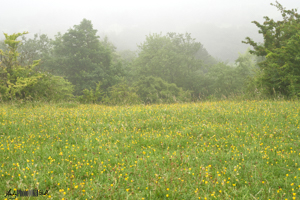
4 June 2018
Hours 768 to 771
Half an hour’s 6am morning shoot at Coombe Hill; somewhat less than ideal as very misty. Did however see a beautiful rising sun through a gap in the clouds on the way there.
An hour and a half processing images from this morning and updating this journal.
A further hour processing images from yesterday, then another, and updating this journal.
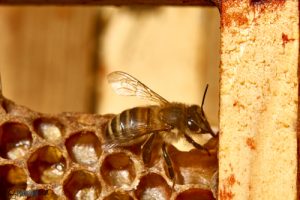
3 June 2018
Hours 764 to 767
An hour retaking some shots of bees in a bee hive. Apparently, bees have to be inspected (and access to photography granted) when it is quite warm. “Quite warm” translates into “chuffing hot” once one has the full protective bee-suit on in the mid-day sun. Sweaty business.
Three hours processing images in Capture One.
2 June 2018
Hours 760 to 763
An hour updating this journal and associated social media sites. Another preparing to shoot in Thaxted including the Morris Dancing festival.
One hour shooting bees in a hive using my 135mm f/1.8 on my A99ii and a 50mm f/1.4 with 30mm extension tubes on my A850 (see my kit). Problem: bee-hives in a shady spot when light quite low generally.
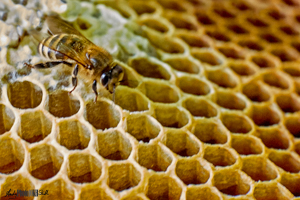 |
Shot using the A850 with 50mm f/1.4 at f/22, 1/20 sec, ISO 6400. Enhanced in photoshop using a sharpening layer. Cropped to about half size in each dimension. |
|
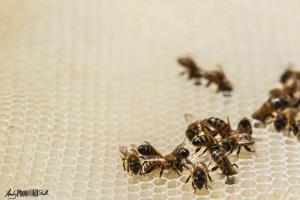 |
Shot May 2015, A850, 135mm f/1.8 at f/5.6, 1/4000 sec, ISO 200 So quite bright light. Again cropped about half size in each dimension. [This shot was the basis of my “bee crawling out of the frame” image.] |
Then another taking some shots of the Windmill and Church in Thaxted followed by some of the Horn Dance of the Morris Dancing Festival.
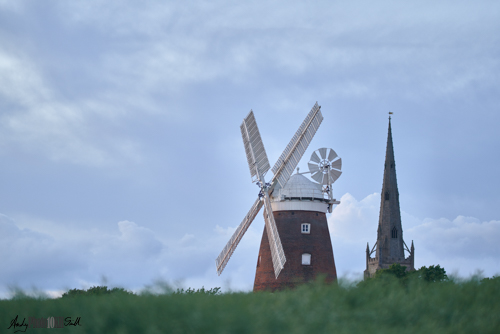
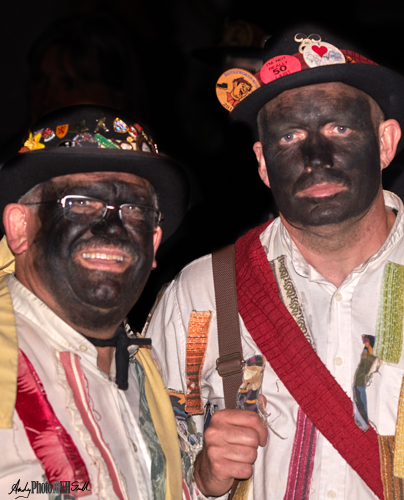
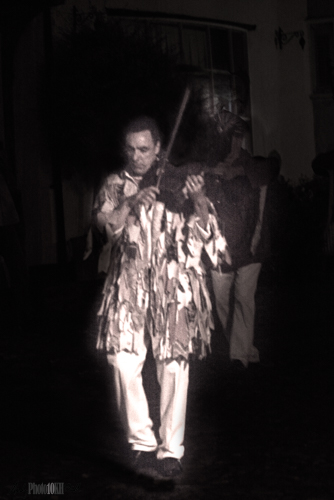
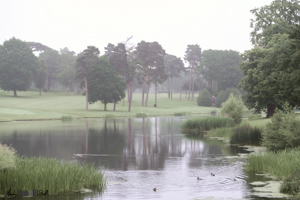
1 June 2018
Hours 753 to 759
An hour and a half (lens cap off to lens cap back on again) shooting in the grounds of Stoke Park Club. Light was terrible as a result of completely overcast sky. However, at 5.30am the park was a haven of tranquillity.
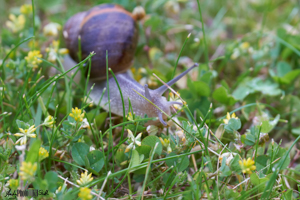
First few minutes spent trying to get a good shot of one of the hundreds of snails that were on the verge around the car park.
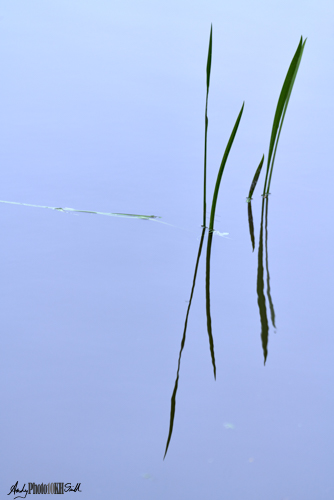
The above is my favourite image of the morning; I enjoy the subtleties of colour variation throughout the image and the minimalist composition. Contrast with the Water Lilies below.
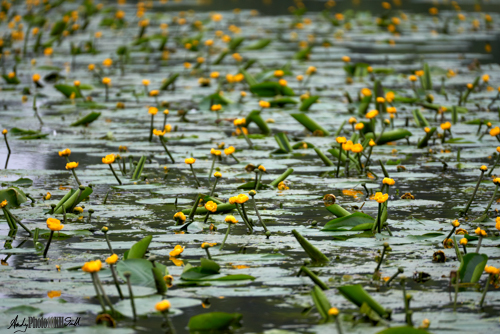
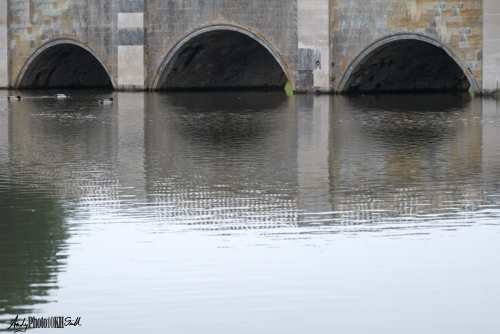
Discovered a new hero in Thomas Blanchard for abstract and macro work.
An hour watching the highly entertaining “10 Steps to becoming a great (Street) Photographer” by Steve Simon, which struck a chord with me:
- Passion: An inch wide and a mile deep. The more personal you make it, the more universal it will become.”
- 10,000 Hours; Practice and persistence
- Work it: shoot more, try different angles even if they initially seem uninspiring, you make find something when reviewing them later
- The lonely adventurer: real concentration requires being alone
- The Evocative Portrait: Photographing people you don’t know gets easier with practice
- Follow the light and learn to master it; harsh lighting can be good for street photography
- The art of the edit: choose well and be the best you can be
- Assessing Strengths and Weaknesses
- Having a plan
- Sharing images with the world.
The last three points were not covered in the video, presumably as a teaser to buy the book.
“A strong picture communicates a lot of information quickly and efficiently.”
Techniques for Street Photography:
- Back Button Autofocus: continuous mode when pressed, then locked when released
- Use Auto ISO: set ranges. Then the camera will think like a photographer, always trying to give you the lowest ISO but balancing this with the need for speed.
(May 2018)
